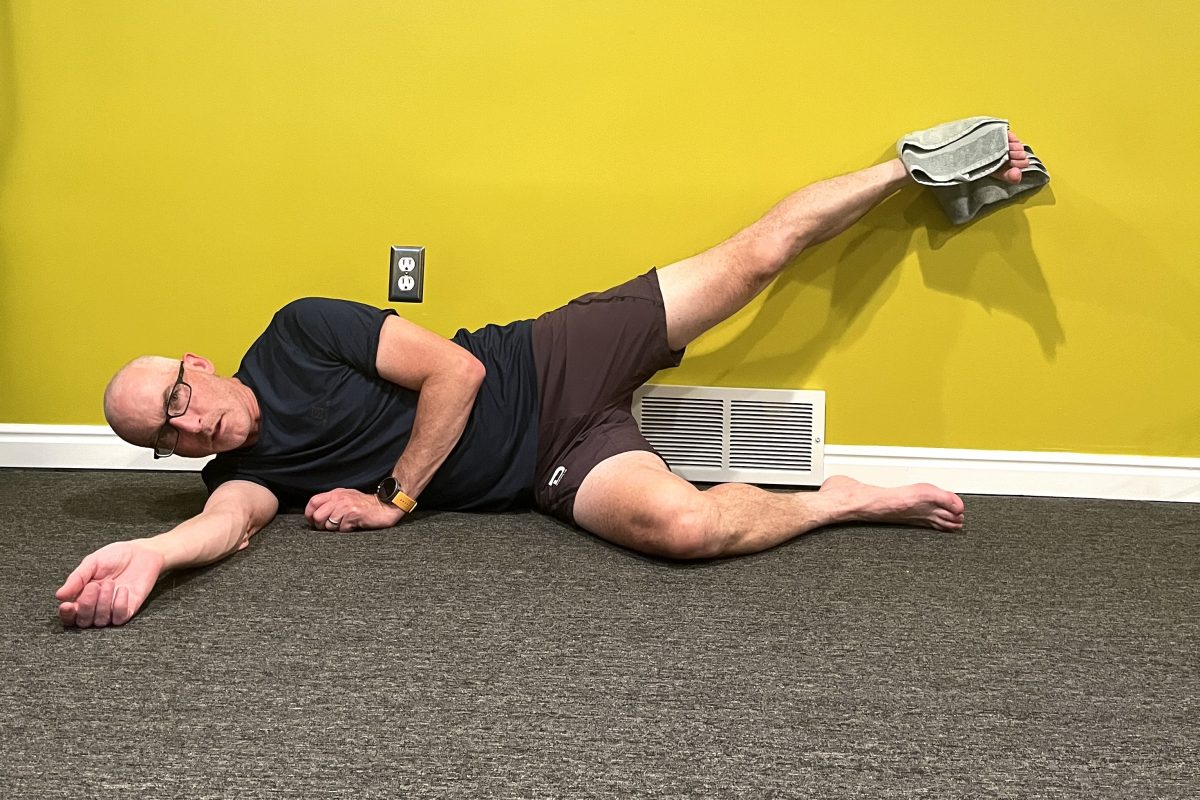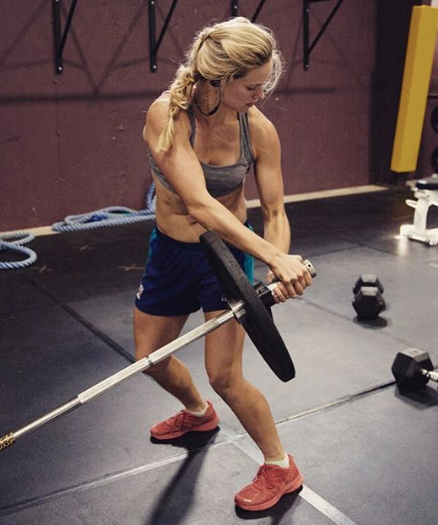Everyone who races wants to improve as they progress. And one must remember that in order to achieve this goal, doing specific cross country training in the off season will lead to greater performance gains once on snow. Since the ski season is around the corner (cross country running season soon coming to a close) and snow is starting to fly it is time to increase the specificity of one's training.
The sport of cross country skiing is one of the most physically demanding and mentally challenging, requiring incredible athleticism to master. Consequently, Nordic skiers are great all around athletes. This means that in the off season, approx 8-9 months for most, XC skiers can excel in many other sports such as running, cycling, rowing, kayaking, and canoeing. Although cross training is a great break from actual XC skiing, and all these activities can lead to gains in fitness, they can also, in excess, lead to a decrease in ultimate cross country performance.
Why? Because our bodies adapt physiologically and neuromuscularly to the specific stresses that we give them.
Specific training will lead to the largest gains in sports specific fitness and results.
Tennis players don't play ping pong in order to win at tennis. Cyclists do not train by running and runners don't train by cycling, unless injured. Yet skiers will go off on a tangent and do most of their off season training in another sport then expect to transfer that straight to XC skiing. We all know of someone who will only row, cycle, or run to excess – all the while expecting to take this new found fitness and crush their fellow skiers in the upcoming winter.
That is not going to happen.
All training does not have to be had to be 100% specific. Cross training is an excellent augmentation to cross country skiing. When athletes are developing, it is healthy and good to have a diverse sports background. As athletes mature and get older it is necessary to specify in order to make the gains in performance that one needs to succeed at the regional, national and international levels.
Many Nordic athletes live and train in a virtual Nordic vacuum — meaning most if us do a lot of our Nordic training alone. It is hard enough to find compatriots to go rollerski with, and almost impossible to find people to go to do huge rollerskiing hill repeats and specific ski strength workouts.
Yet there are plenty of people to go cycle and run with, making it to be motivated and train.
There are many barriers to doing adequate Nordic training — cost of rollerski equipment, safe places to go rollerski, adequate terrain to train on, coaching, distances to travel to race and train, to name a few.
We can help ourselves by roller skiing throughout the spring and summer once or twice a week and taking poles when running on trails.
Don't get me wrong, I'm not preaching only ski on snow and roller ski all year. However, I do think the best way to maximize your potential as a skier is to ski! Skiing is the best way to become a better skier.
Remember if snow skiing is 100% efficient – then rollerskiing is somewhat less and all other activities go down in efficiency as compared to actual skiing. Not all of us have the luxury or the time to train primarily for skiing as members of the US Ski and Biathlon Teams. Yet whether you are an aspiring High School, College, or Citizen racer you can maximize your training time to ski fast by doing some ski specific training a couple times a week during the off season, and increasing the amount as the ski season draws near.
One can augment ski training by activating other muscle fibers with weight training and other sport modalities (running, cycling etc.) then recruit those activated fibers to ski specific function by going out and rollerskiing.
As the snow is starting to fly, here are a few ski specific strength endurance workouts to do on rollerskiis.
Find a hill that is approx 2-3 minutes long that you can descend safely. A neat way to quantify the size of a hill is to double pole up it and count the repetitions. A hill of 100-150 reps is usually adequate.
You can also compare and quantify different hills this way. I use V2 (www.jenex.com) rollerskis with brakes and speed reducers for safety reasons. They allow me to turn around quickly at the bottom and slow down if descending to rapidly.
This workout is a double pole/no pole skate combo. It separates the upper and lower body and builds sport specific strength quickly and efficiently. Usually do one to two times a week, starting with 5x and increase to 10x as tolerated. Double pole and recover back down the hill. The intensity should be moderate. Then skate without poles, with your arms mimicking what you would do if you had poles — same timing as skating. Do V1, then V2 alternate then V2 technique repetitions, starting with 5 and increasing to 10. 10-15 min warm up and down.
The second option is a variation on the first. Use a hill as described above. Warm upand do sets consisting of skate up the hill without poles doing v1 or v2 technique, then double pole, for the third do V2 technique concentrating on integrated use of upper and lower body, emphasize a push and glide phase. Depending on fitness level start with one to three sets and work up to ten sets as tolerated.
Whether you do these workouts or your own version, training specifically for skiing will pay off on the snow!
For advice on double pole technique read the recent FasterSkier article:
http://www.fasterskier.com/news5692.html
Duncan Douglas is a two-time Olympian in Biathlon. To find out more about Duncan and read additional pieces, visit his FasterSkier blog at http://blogs.fasterskier.com
</font></center></p>
</div></div><!-- /btArticleContentInnerInner --><section class=)



